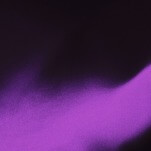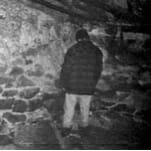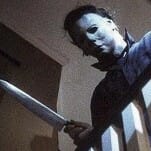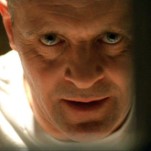Little Book Chapter 5: “The Invitation” Whiskey
Photos via Jim Beam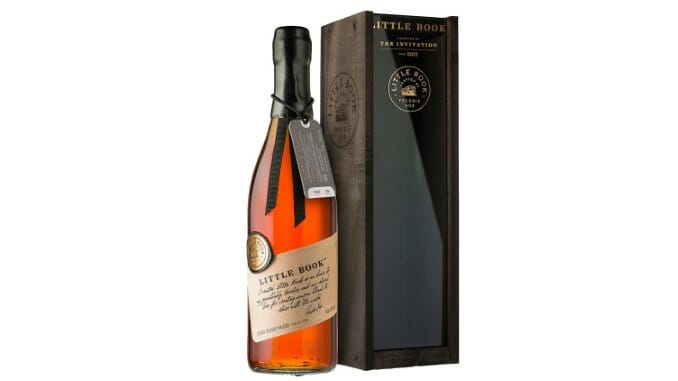
The Little Book series at Jim Beam remains one of the most interesting corners of the whiskey giant’s portfolio, named to evoke the cask-strength releases of Booker’s, but with a far more experimental and free-wheeling twist. This series is designed by eighth-generation Beam distiller Freddie Noe, the son of current master distiller Fred Noe, and the various releases to date have displayed a tantalizing combination of heritage and experimentation. Some Little Book releases, such as Chapter 4: Lessons Honored released last fall, function like a deep dive through Beam family/company history, with Freddie Noe showing off the various pieces of knowledge he’s picked up along the way. Other chapters, meanwhile, are considerably more experimental, and include mash bills and grain varieties not seen anywhere else in the Beam product portfolio.
The new 2021 release, Chapter 5, is subtitled “The Invitation” and falls somewhere in the middle of the novelty matrix. The name simply implies that the bottle functions as a literal invitation to bourbon drinkers “to expand their palates” by exploring this blend of four whiskeys, which includes bourbon both young and old, along with some more unusual rye whiskey. Most of the liquid in the bottle has special significance to Freddie Noe, being projects that he personally had a hand in developing over the years.
The four components of Little Book Chapter 5: The Invitation are as follows:
— 2-year-old Kentucky straight bourbon: One of the stand-out aspects of Little Book Chapter 5 is the fact that it contains some very young Beam bourbon, but that bourbon is still quite unusual. What makes this bourbon odd is the fact that it was distilled to a much lower initial proof than the federal maximum of 125, which is where most bourbon from the likes of Beam or Heaven Hill is initially distilled. Instead, portions of this 2-year-old whiskey were distilled to only 105 and 115 proof, which results in a significantly more flavorful (but less efficient) spirit. In fact, this whiskey represents the lowest proof point that Beam has ever purposefully distilled and aged in oak, and it is said to be very “viscous” and concentrated in its flavors. Such a bourbon is unlikely to ever be produced in higher quantities, given that distilling to 125 proof is much more profitable in that it ultimately produces significantly more barrels of whiskey once dilution is taken into account, but this experiment is clearly intended to fool around with producing small quantities of a more flavorful spirit. After aging in oak, the strength of this portion ended up at 123.6 proof.
— 3-year-old 100% malted rye whiskey: The most unique whiskey in this batch of Little Book is this 100% malted rye whiskey, which is a very unusual thing for Beam on multiple levels. First of all, traditional rye whiskeys and bourbon uses exclusively unmalted rye, which contributes the drier, spicier profile we all know and love. Secondly, most Beam rye whiskeys are made in the traditional Kentucky fashion, as “barely legal” ryes that contain 51% rye and quite a bit of corn. This rye whiskey, on the other hand, is entirely rye driven, and that rye has also been malted, which typically yields a sweeter, toastier, bready/”doughy” or yeasty flavor, in my experience, rather than the traditional rye spice. This whiskey ended up at 112 proof after its time in the oak.
— 5-year-old Kentucky straight bourbon: This appears to be the most conventional of the whiskeys involved in Little Book Chapter 5. It’s Beam’s standard bourbon mash bill, and was produced by Freddie Noe a few months after first joining the distillery team. It ended up at 114.6 proof after aging.
-

-

-

-

-

-

-

-

-

-

-

-

-

-

-

-

-

-

-

-

-

-

-

-

-

-

-

-

-

-

-

-

-

-

-

-

-

-

-

-











